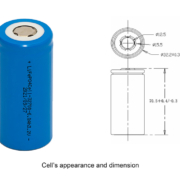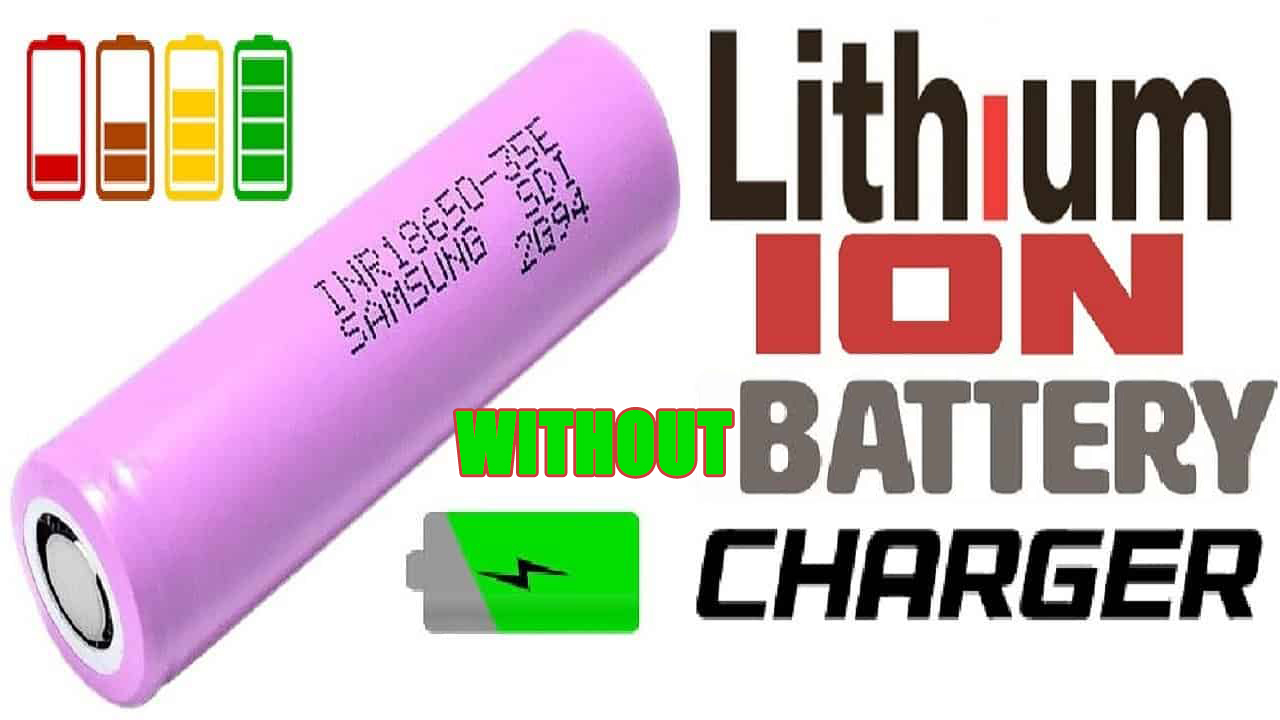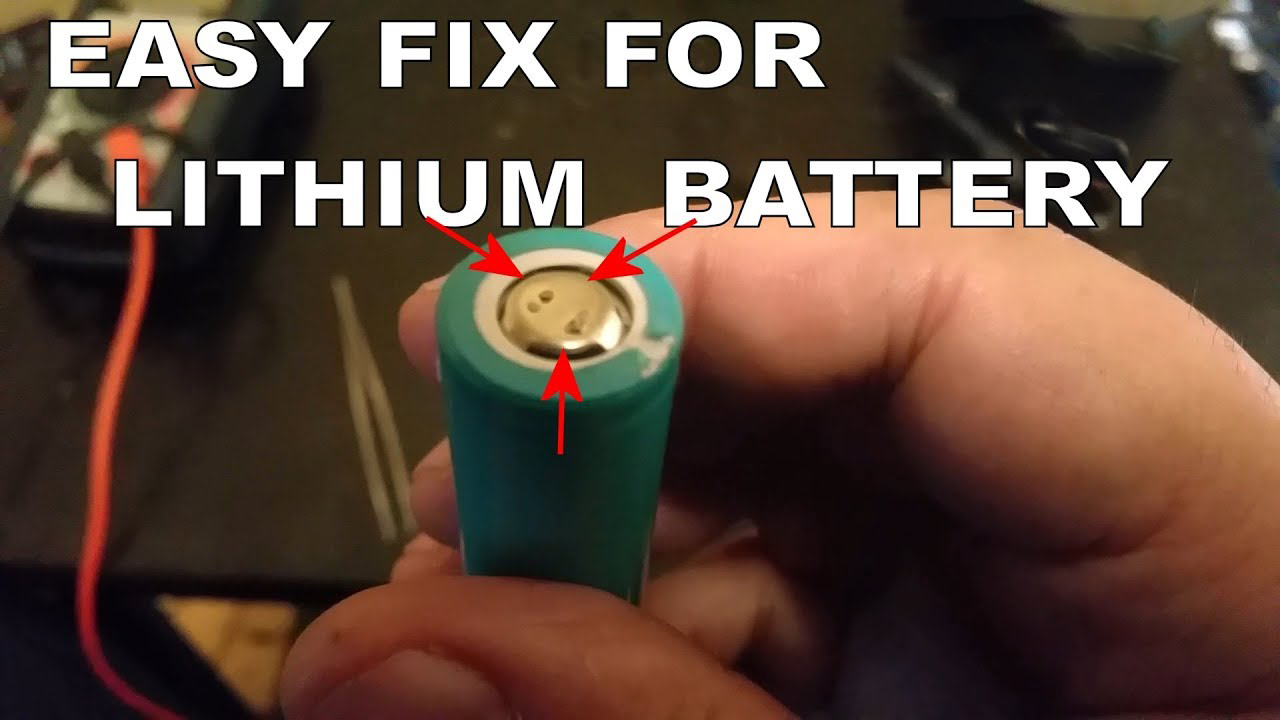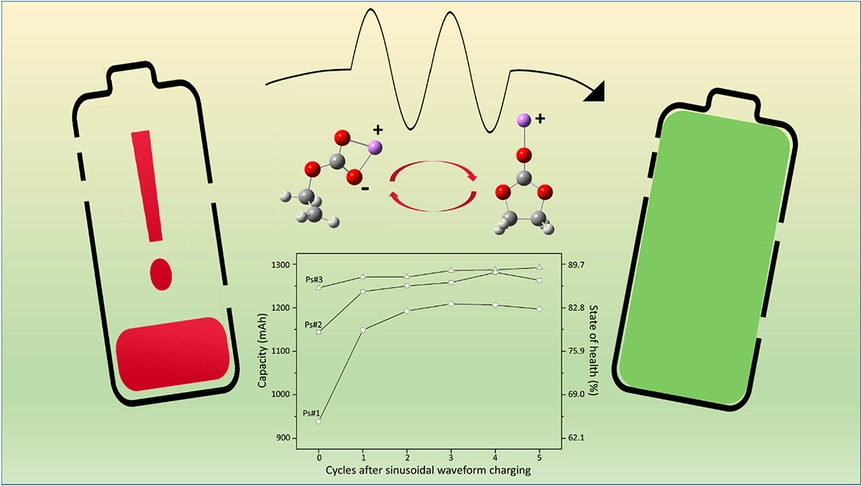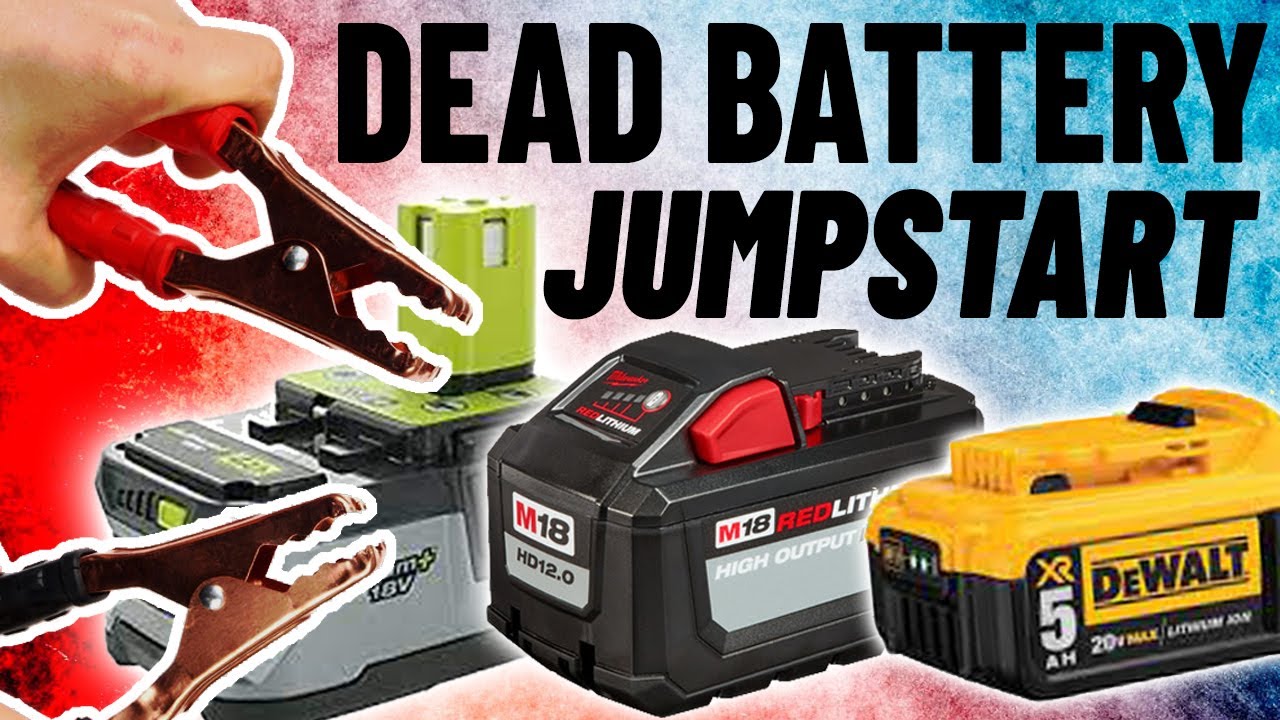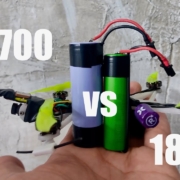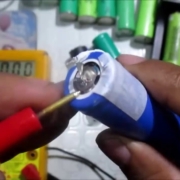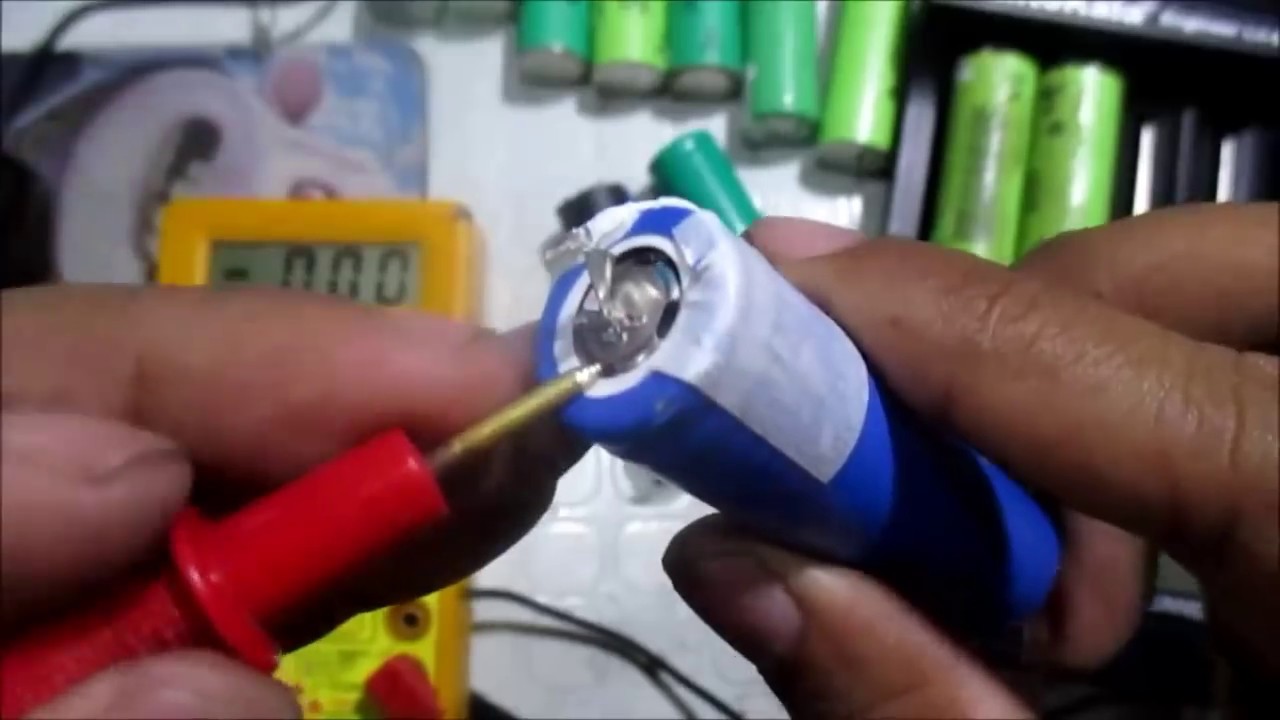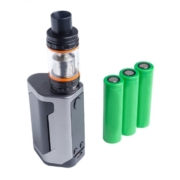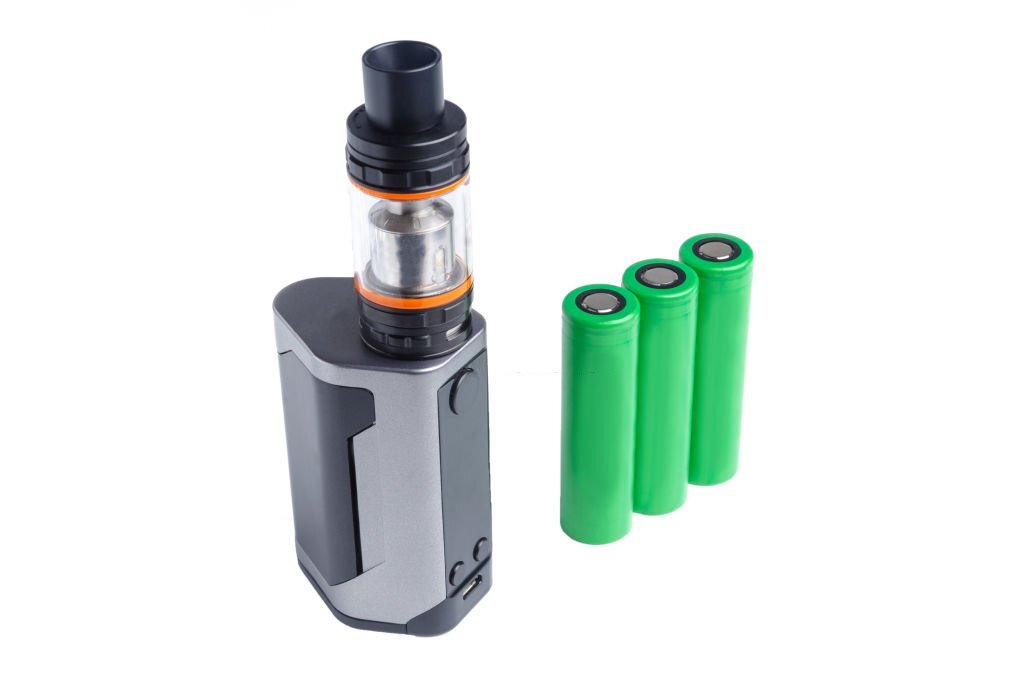What are the dimensions of a 32700 battery?
In all shapes and sizes, batteries cater to specific needs and requirements. An example is the 32700 battery, a cylindrical lithium-ion or lithium iron phosphate (LiFePO4) cell. This article explores the dimensions of a 32700 battery, demystifies its naming conventions, compares it to other popular battery sizes, and discusses its applications.
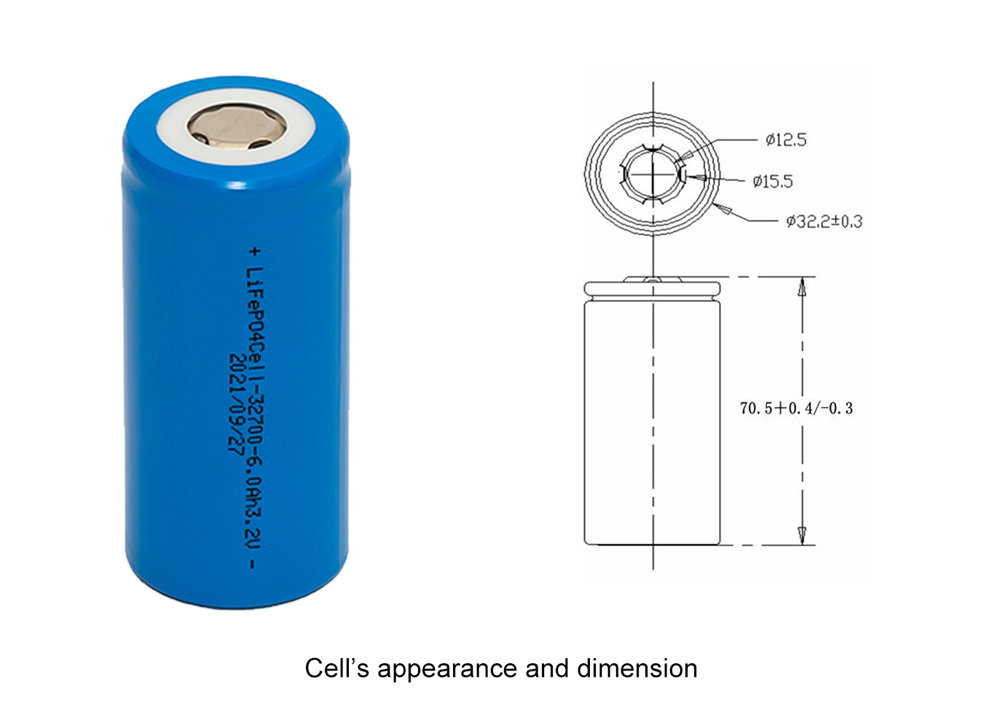
What are the dimensions of a 32700 battery?
The cylindrical 32700 battery has a diameter of 32mm and a length of 70mm. These dimensions make it a versatile and powerful option for various applications where size and energy density matter.
Understanding Battery Nomenclature
Naming Conventions
Battery naming conventions can be a bit confusing at first glance. However, they provide essential information about the battery’s size and form factor.
The 32700 Name Breakdown
The name “32700” offers insight into the dimensions of the battery. The first two digits (32) represent the diameter in millimeters, while the next two (70) indicate the length in millimeters. The “0” at the end signifies that the battery is cylindrical.
How to choose the right 32700 battery
When selecting a 32700 battery for your specific application, consider the following factors:
- Required capacity: Choose a battery with a suitable capacity for your device’s energy needs, ensuring a long runtime and sufficient power output.
- Discharge rate: Select a battery with a discharge rate that matches your device’s power demands to avoid overloading the battery and damaging your device.
- Safety features: Opt for a battery with built-in safety features to protect the battery and your device from potential hazards.
- Manufacturer reputation: Purchase your 32700 battery from a reputable manufacturer to ensure quality, reliability, and adherence to safety standards.
Comparing 32700 with Other Battery Sizes
18650 and 21700 Batteries
Two other popular cylindrical battery sizes are 18650 and 21700. A 18650 battery has a diameter of 18mm and a length of 65mm, while a 21700 battery has a diameter of 21mm and a length of 70mm. The 32700 battery is larger than the 18650 and 21700, offering higher energy density and capacity.
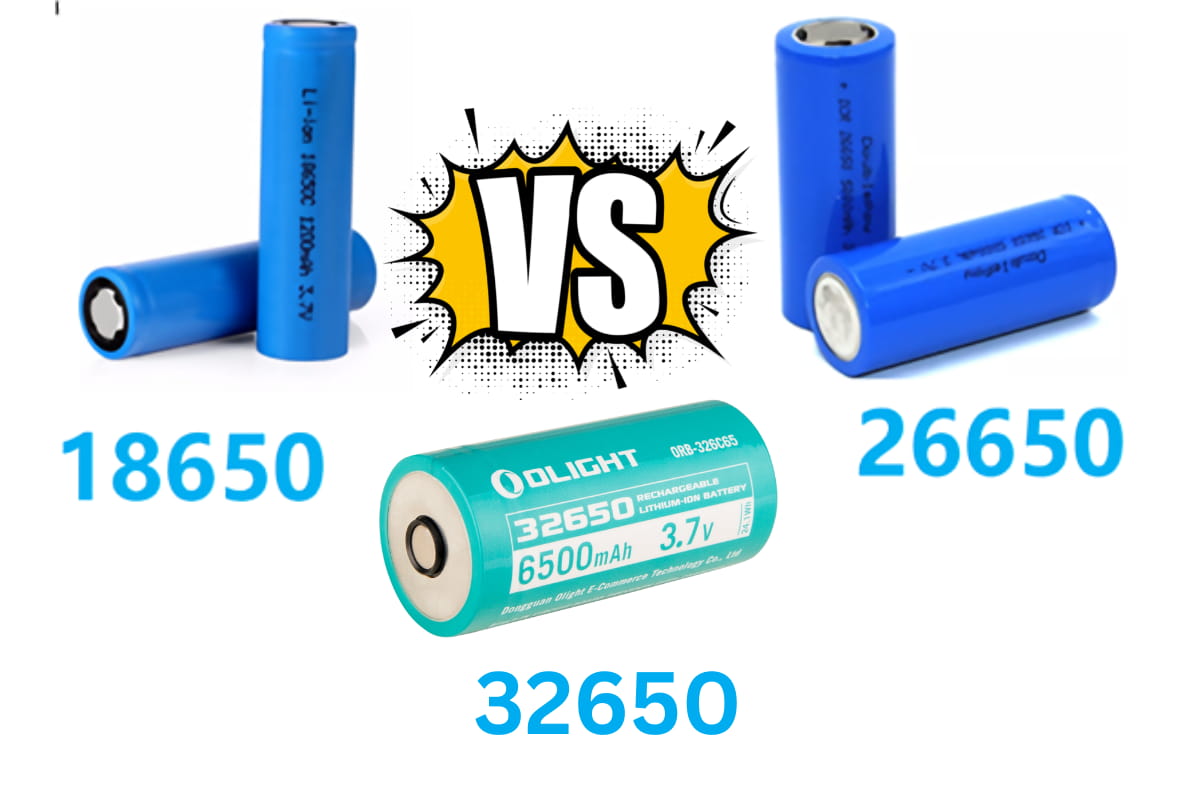
Battery Chemistry
Lithium-Ion and Lithium Iron Phosphate
32700 batteries can be made with lithium-ion (Li-ion) or lithium-iron phosphate (LiFePO4) chemistry. Both options have their advantages and disadvantages, depending on the intended application.
Advantages and Disadvantages
Lithium-ion batteries generally have a higher energy density but lower cycle life than lithium-iron phosphate batteries. On the other hand, LiFePO4 batteries are known for their longer cycle life, better thermal stability, and enhanced safety features, making them ideal for high-demand applications.
Applications of 32700 Batteries
32700 batteries are widely used in various applications due to their size, energy density, and versatility. Some of the most common applications include:
Electric Vehicles
32700 batteries are popular for electric vehicles (EVs), providing the power and energy density required to propel them. They’re especially favored in electric bikes and scooters, where their larger size compared to 18650 and 21700 batteries offers improved performance and range.
Solar Energy Storage
Solar energy systems often rely on battery banks to store excess energy for later use. The 32700 battery’s high energy density and cycle life make it an ideal candidate for these applications, as it can store substantial amounts of energy without taking up too much space.
Portable Devices
Portable devices such as power banks, flashlights, and camping equipment often require powerful and reliable batteries. The 32700 battery offers a compact yet powerful energy source for these devices, making them more efficient and reliable in the field.

Battery Safety and Handling Tips
Proper handling and care of batteries are crucial to ensure their longevity and safety. Here are some tips for handling 32700 batteries:
Proper Storage
Store batteries in a cool, dry place away from direct sunlight and heat sources. Excessive heat can damage the battery and reduce its overall lifespan.
Avoiding Short Circuits
Keep batteries away from metal objects that could cause a short circuit. Use plastic containers or cases specifically designed for battery storage to prevent accidental contact with metal objects.
Safe Charging and Discharging
Always use chargers and dischargers that comply with your battery’s chemistry and specs. A battery might experience diminished performance, damage, or even thermal runaway if it is overcharged or discharged.
Conclusion
In conclusion, a 32700 battery is a versatile and powerful cylindrical cell with a diameter of 32mm and a length of 70mm. Available in lithium-ion and lithium-iron-phosphate chemistries, this battery size balances size, energy density, and performance, making it suitable for various applications, including electric vehicles, solar energy storage, and portable devices. Proper handling and care are essential to ensure the battery’s longevity and safety.

